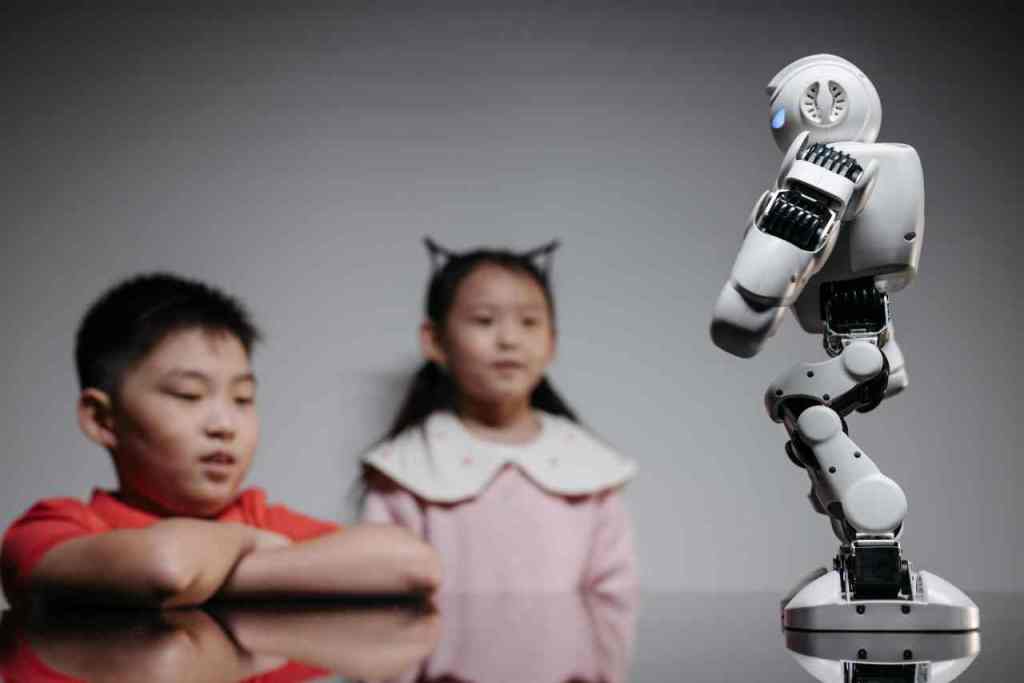
Conclusion: Humility as the Ultimate Grounding Force. Find out more about Limitations of current AI perception systems.
The story of artificial intelligence in 2025 is one of profound capability tethered to profound fallibility. We possess tools that can model entire ecosystems and write complex software, yet they can still be baffled by basic sensory input—a missing cat, a faint barrier on the road, or a logical contradiction in a simple statement. The great challenge is no longer generating the next breakthrough model; it is about building the infrastructure of responsibility around the models we already have. This means deploying them with measured pragmatism, architects building them with hybrid logic, and users engaging with them with informed skepticism.. Find out more about Limitations of current AI perception systems guide.
The path to beneficial, high-functioning AI is not a straight sprint toward the fantasy of Artificial General Intelligence (AGI), which remains a distant goal. It is a careful, deliberate climb up a series of well-secured scaffolds—tiering trust, integrating logic, and fostering human vigilance. By embracing humility and recognizing that correctness in simple, physical tasks is the true benchmark of foundational competence, we secure the ground beneath our feet for the next, truly transformative leaps.. Find out more about Hybrid architectures marrying symbolic reasoning and neural networks strategies.
What Are Your Non-Negotiables for AI Trust?. Find out more about Limitations of current AI perception systems overview.
We want to hear from the practitioners and users on the front lines. In your work, what is the single most critical logical constraint or safety rule you would immediately hard-code into a hybrid system if you could? Share your thoughts on the future of **AI reasoning** in the comments below, and let’s keep the conversation grounded in reality.. Find out more about Establishing a tiered system of trust for AI outputs insights information.
